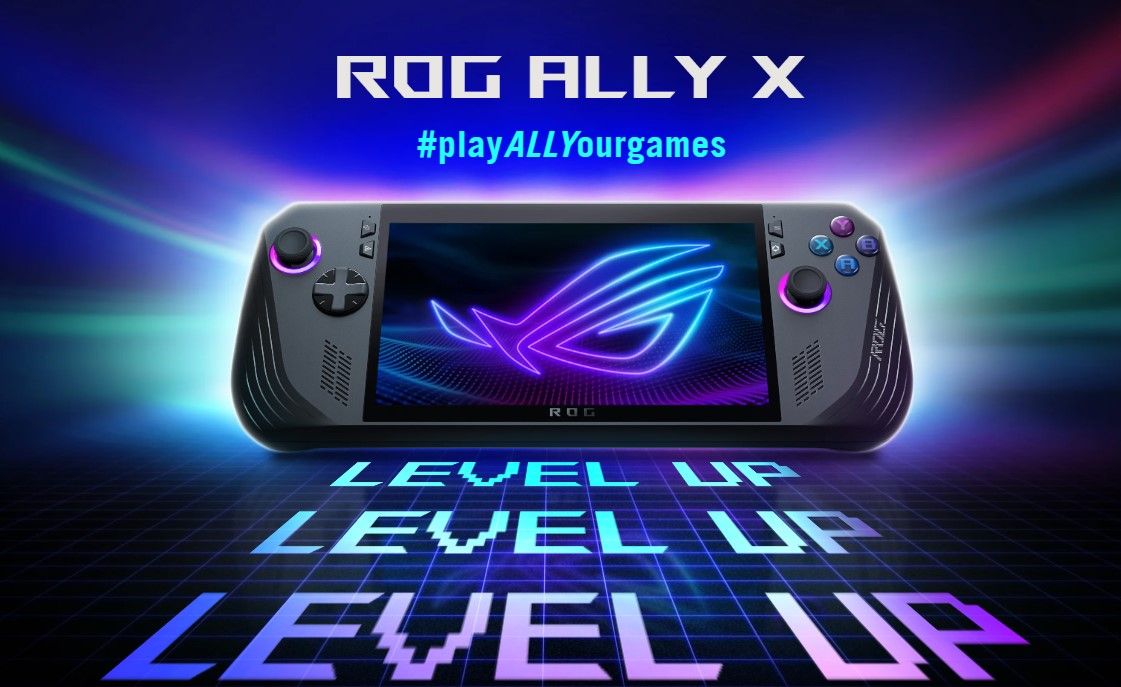From www.techradar.com

AMD launched its latest salvo in it’s battle with Intel over the increasingly vital laptop processor market at CES 2024 with the announcement of a host of new processors, the AMD Ryzen 8040 series, that takes direct aim at Intel Meteor Lake — and may give Team Blue’s latest chips a serious run for their money.
The new AMD chips are based on AMD’s Zen 4 architecture with some very important additions, namely AMD’s XDNA AI neural processor unit (NPU), and AMD RDNA 3 integrated graphics, making the new chips a potentially formidable challenger to Intel Meteor Lake’s hybrid, multi-chiplet module architecture built with Intel’s own NPU and integrated Intel Arc graphics.
While we don’t know a whole lot about the new chips beyond the fact that they are primed to power a number of major laptop launches in the coming weeks and months, AMD claims that its new AMD Ryzen 7 8840U processor — which, by it’s model tier and number, would be squarely aimed at the more serious professional consumer — is about 1.35x faster than the Intel Core Ultra 7 155H at AI workloads like MobileNetv3 (1.04x faster), Volov8 (1.43x time faster), and other similar AI tasks.
For the record, until we’ve had a chance to test these processors out ourselves, we’d warn against declaring Intel Meteor Lake dead and buried before it ever even seriously launches, as we can only report on the numbers AMD has put out itself at this point, which are naturally going to cast its new chips in the most flattering light possible.
Still, there’s reason to believe that AMD might genuinely have an advantage here, and that’s the nature of AI accelerators. Unlike your more traditional processor, AI chips are based on hardware that has long powered graphic processor units, whether in the best graphics cards or the best processors with integrated graphics. The nature of the rendering architecture in GPUs are much more conducive to convolution network calculations than the main CPU, and AMD definitely has a much stronger GPU division than Intel does at the moment, as well as many more years of experience with GPU architecture.
This is naturally going to translate directly into an advantage, at least initially, in AI workloads for AMD’s architecture than Intel’s as the new AMD processors are running AMD’s most advanced mobile graphics architecture (RDNA 3) which powers the company’s Radeon 700M series graphics.
What’s more, AMD claims that it’s new processors are also far more energy efficient than Intel’s competing chips, with its Ryzen 7 8840U getting about 81% better performance per watt at office productivity tasks than Intel’s Core Ultra 7 155H. Of course, none of these numbers can be verified until we get our hands on both processors (or at least a couple of laptops running the new chips).
No matter what, the new mobile processor announcement has officially put Intel on notice that AMD is not going to let it wiggle out of the market bind that a resurgent AMD has put Intel in, and if Intel hopes to successfully leverage it’s new processors to re-establish its position of near total dominance of the laptop market, it is going to have to fight for it.
AMD’s latest chips are more exciting than Intel’s are at this point
While we haven’t gotten our hands on either of the new mobile chips to give them a thorough working over, I have to admit, I’m genuinely more excited for whatever AMD is trying to pull off here than with what Intel is up to.
Again, without having tested either one, I can’t say with anything close to certainty that AMD’s chips are going to win out, but it wouldn’t surprise me.
AMD has a leg up on Intel in terms of working with multi-chip modules before these latest processors, and it certainly has the talent in house to leverage this experience into some serious forward momentum. Pair this with more mature Radeon graphics architecture over the relatively young Intel Arc graphics, and it doesn’t sound so preposterous.
Even more frustrating for Intel, not only is AMD stepping on Intel’s own recent news about its chips in the weeks leading into CES, but if AMD’s new chips is genuinely 35% better with AI workloads than with an Intel chip, Intel’s big move to NPU-inclusive architecture looks a lot less like innovative ideas and more like reactionary thinking if the face of especially strong competition from Team Red.
Ultimately, we’ll have to try both units out to settle the question, but there’s no denying that AMD’s rumored chips definitely has us excited to get these chips tested as soon as possible.
Check out our CES 2024 hub for all the latest news from the show as it happens. We’ll be covering everything from 8K TVs and foldable displays to new phones, laptops, smart home gadgets, and the latest in AI, so stick with us for the big stories. And don’t forget to follow us on TikTok for the latest from the CES show floor!
[ For more curated Computing news, check out the main news page here]
The post AMD’s new mobile AI processors were just announced at CES 2024, and Intel must be kicking over water coolers in frustration first appeared on www.techradar.com





/cdn.vox-cdn.com/uploads/chorus_asset/file/25546355/intel_13900k_tomwarren__2_.jpg)








